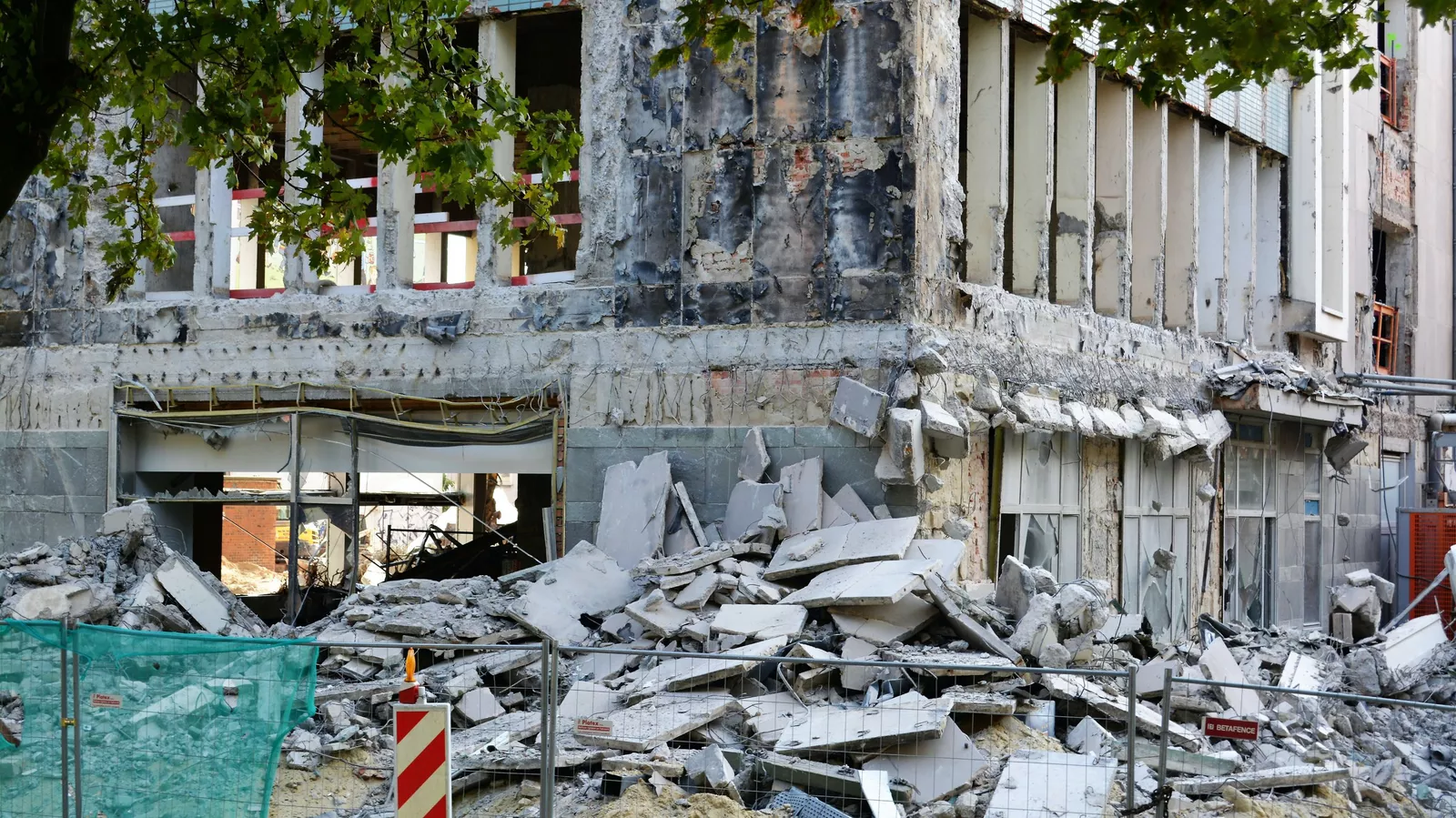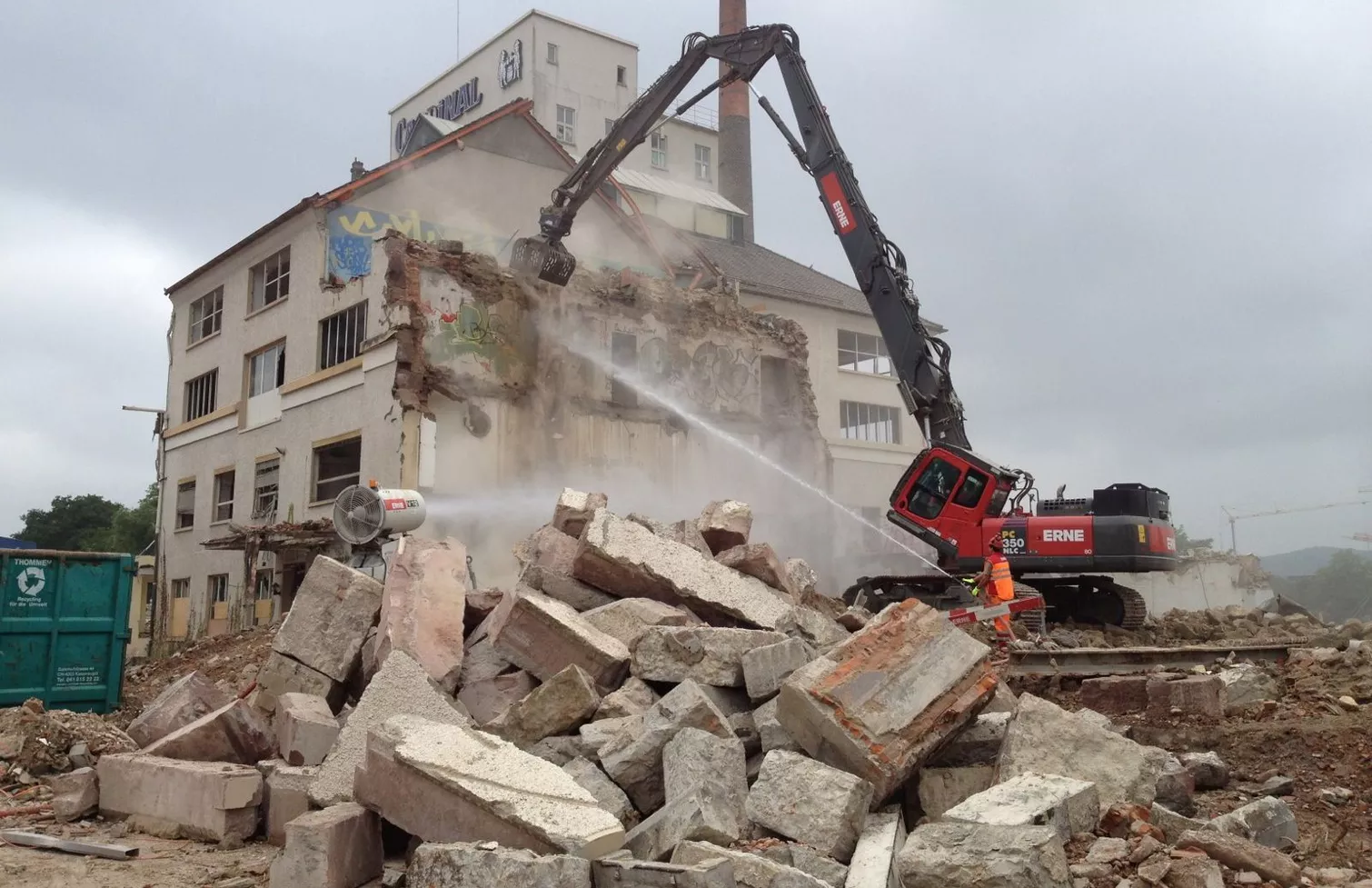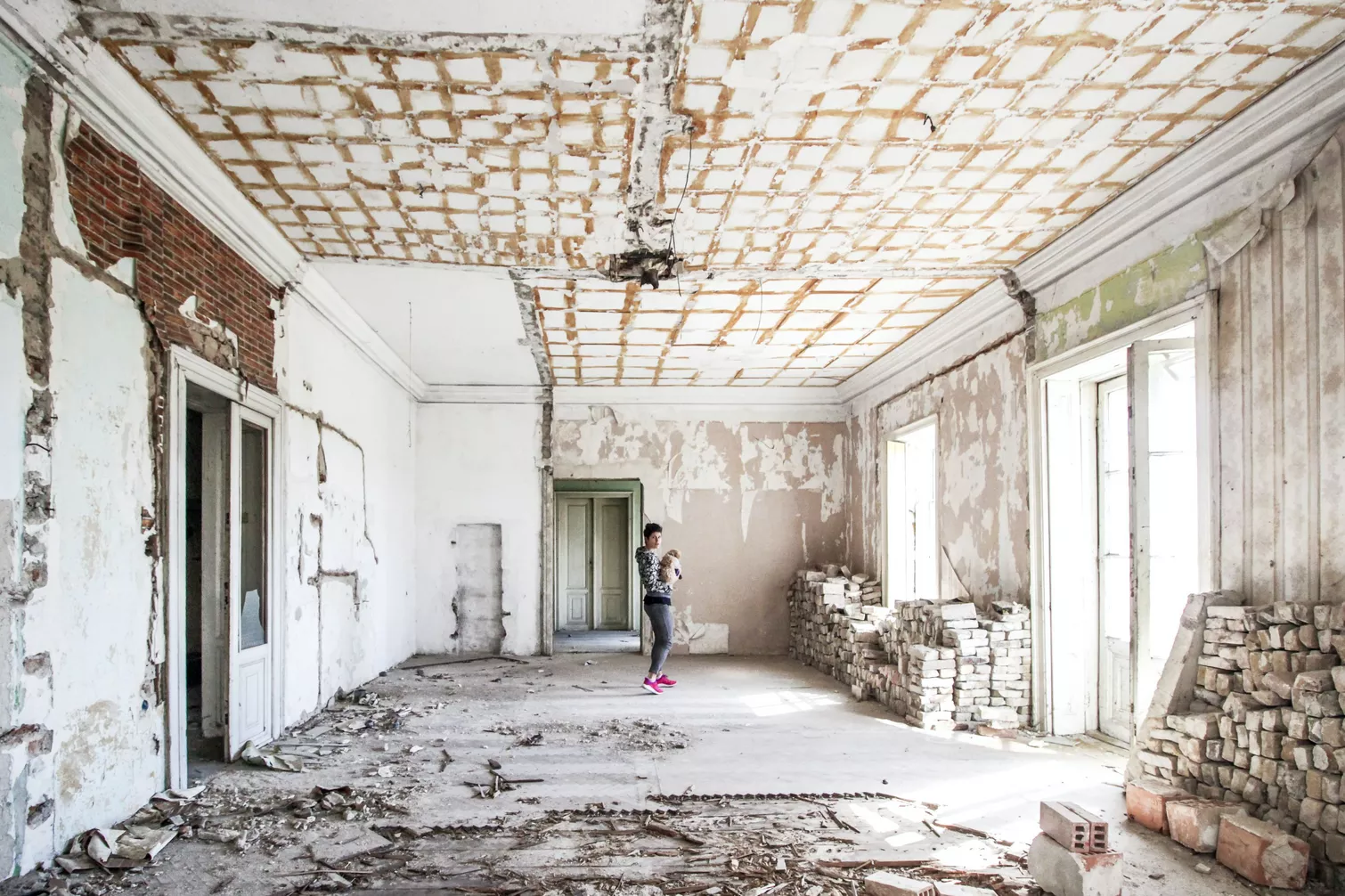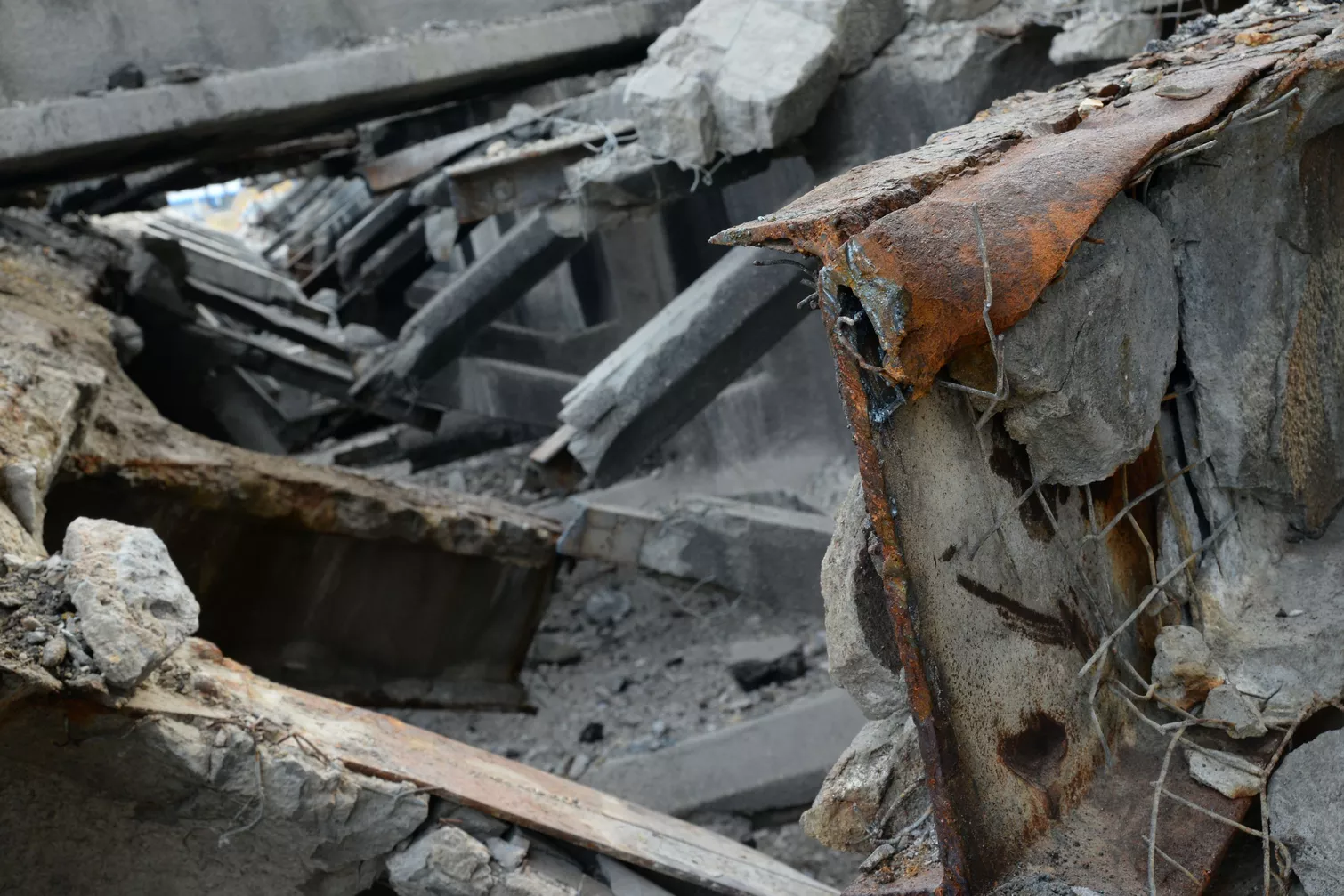How Gruner avoids lengthy evaluations
Seismic testing of secondary structures is time-consuming. Gruner has found a more efficient way to evaluate existing buildings. Spoiler: Industry-recognized software plays a role.
Capturing and evaluating 150 building components and repeating the process for 50 buildings is a mammoth task. Gruner knows the challenge. In the past, the canton of Baselland commissioned the company to check the seismic safety of secondary building components, installations and equipment - known in the trade as SBIEs - in more than 50 buildings. «That is 2,000 SBIEs that have been inspected», says Jan Herzog, head of the reconstruction and earthquake safety department at Gruner. SBIEs include all components that are not part of the supporting structure, such as façade elements, walls, suspended ceilings and roofs, or fixed installations such as elevators and escalators, technical installations for heating, ventilation, plumbing and air conditioning. It also includes furnishings such as cabinets and shelving that could endanger people. Clearly, this needs to be done as efficiently as possible. Gruner has taken a new approach, using QGIS and an advanced structural design software, to optimize the process. They store the building plans directly in the application, add the images taken, and immediately describe and evaluate them. The result is a database that provides all the key information at a glance. «This gives us the overview we need», Herzog concludes.
Need for action depends on the project
In this case, Gruner structural engineers go beyond their primary area of expertise. Structural engineering support with clearly described execution specifications is required. In principle, however, responsibilities must be defined on a project-specific basis. Continuous exchange between the specialist designers is essential for this. «Depending on the project, our experts are involved as early as the strategic planning or feasibility study phase», says Herzog. There is no general answer to the question of when SBIEs are considered seismically safe. SBIEs must be evaluated on a project-by-project basis. The seismic safety measures must be in proportion to the effort required and the risk reduction achieved:
- What is the condition of the structure?
- Can the planned SBIE measures be implemented during the next renovation of the structure, or is there an urgent need for action?
These are the questions structural engineers ask themselves during the process. They refer to the data they have collected in the QGIS system. After the initial assessment, measures are prioritized according to urgency and implemented in stages, ideally in conjunction with other renovation and construction work.
Why is good earthquake prevention important?
Awareness of the risk of earthquakes has increased significantly since the introduction of the current Swiss structural standards of the SIA in 2003 (revision from 2013). According to the Federal Office for the Environment (FOEN), SBIE accounts for between 60 and 80 percent of the total costs of a building and causes a large proportion of the direct material damage and consequential damage in the event of an earthquake. The protection of human life is therefore a top priority in the design and construction of buildings. Gruner has decades of experience in the assessment of SBIE in existing buildings. Get an impression here: Gruner - Seismic safety & earthquake engineering





